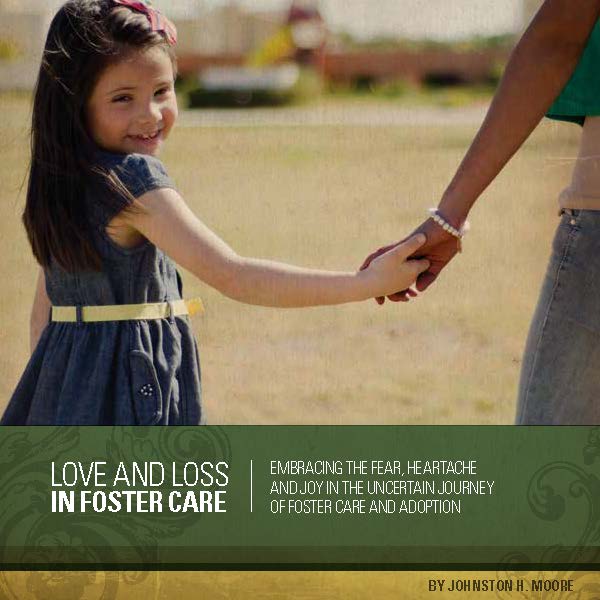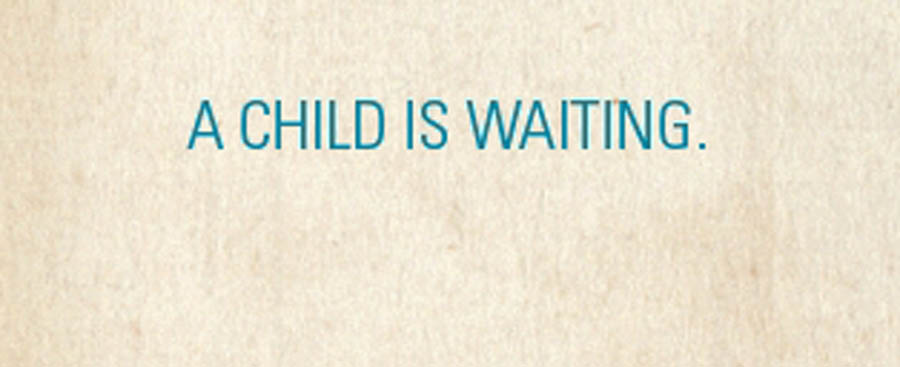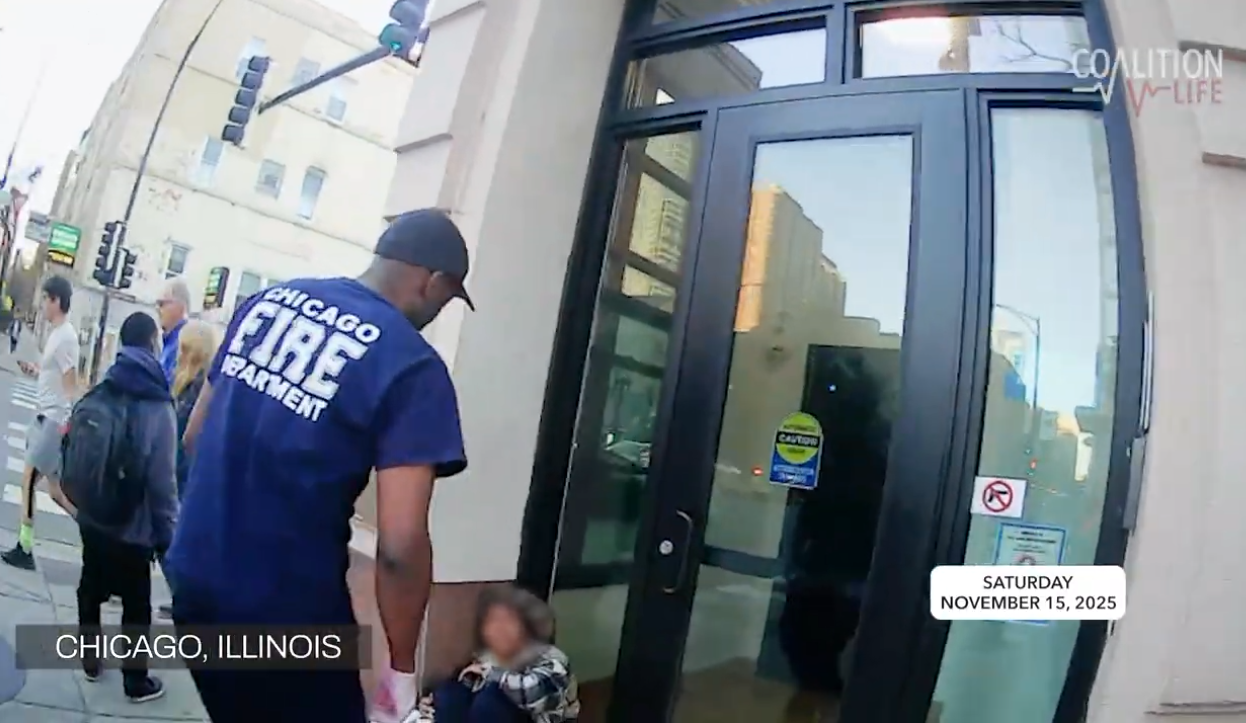As coronavirus pandemic lock-downs begin to wind down across the country, America is poised to see its biggest spike ever in new referrals for foster care, experts say.
Because of shelter-in-place orders, children have not been out of the house as much where signs of abuse or neglect can be seen or reported. And while the full numbers remain to be seen, the already great need for foster care is expected to increase in the coming months.
Pregnancy help centers have been able to maintain most if not all of their services for women and families during the pandemic, and these centers, along with people of faith and other church organizations, remain ready to continue helping to care for these children and their hurting families.
[Click here to subscribe to Pregnancy Help News!]
“Many jurisdictions I’ve spoken to are concerned that in addition to the increase of referrals that they typically see after summer break, there will be a greater than usual number of cases to investigate of suspected abuse or neglect allegations as children are coming out of shelter-in-place,” said Dr. Sharen Ford, director of Foster Care and Adoption for Focus on the Family.
“A percentage of those allegations will necessitate children/youth being placed in foster care,” Ford told Pregnancy Help News. “[Since there is] already a shortfall of foster homes, the increased need will further tax the system if recruitment, training and certification of homes doesn’t occur now.”
Jennifer Travis, program director of Foster Care for Lifeline Children’s Services, agrees that there could “be a sharp rise in calls and intakes.” But for now, she said, “restrictions are still high enough that [we] have not had a drastic increase yet.”
A recent Wall Street Journal (WSJ) report said that doctors across the country are seeing more cases of child and infant injury from abuse and neglect since mid-March than were seen last year at this time, however, according the article, reports of child abuse are 45% lower in California and 30% lower in Texas this year.
Ford adds that there is already a massive need for good foster homes, and said that “states are diligently working to reduce or eliminate the number of youths placed in group home facilities and move them into family-like settings.”
There are typically over 400,000 children in foster care each year, and of those, over 100,000 are available for adoption, due to parental rights being terminated, according to the U. S. Health and Human Services Child Welfare department statistics for recent years.
Many Christians respond to this need because the Bible directs followers of Jesus to care for orphans – the fatherless. Foster children, whether they are available for permanent adoption or not, are “temporarily fatherless.
Ford and Travis offered thoughts and suggestions on fostering.
“These children are lonely,” said Ford. “They need to be set in families.”
Tweet This: “These children are lonely. They need to be set in families” - Focus on the Family's Dr. Sharen Ford on children in foster care
In Psalm 68 God is described as a Father to the orphans.
The call to imitate God and be a father to the fatherless, Ford notes, “speaks directly to men. There are hundreds of men who did not have a father, but they’re a man after God’s own heart. They’re purposing to break the cycle in their own lives.”
Ford imagines men praying to God, saying, “Are you asking me to use my home to be that man, that father to another man’s child who doesn’t know what it means to have a father?”
She sees this as “a powerful calling when that man hears God speak into his heart and asks, ‘Son, can I use you?’ And the man lifts his hand and says, ‘God, send me.’”
Ford advises anyone interested in helping with foster care to start by praying for God’s direction, then gathering information and becoming educated about the variety of ways to help.
“Don’t foster if God didn’t call you to foster,” she said. “What is the act of kindness God has called you to do?”
There are many ways to help with foster care including faithfully supporting families who are providing a home for foster children, such as mowing the lawn, taking weekly meals, going for coffee, providing respite care or babysitting.
Focus on the Family supports foster families by providing a host of information online and printed materials to strengthen marriages, as well as online radio programming and print resources with Godly parenting advice.
The organization's Wait No More website includes a nationwide listing of Foster Care Clothing Closets which supply foster children and teens with free clothes. Focus also offers free counseling consultations and referral services.

Pregnancy care centers are also a helpful resource for foster families.
Travis sees many opportunities for pregnancy centers to help foster families, saying, “depending on what services your center provides, you could help foster families with resources and supplies needed when emergency placements come in, support group services when families are in need of encouragement, and even parenting tips when families are struggling with behaviors.”
Pregnancy centers also help girls and young women in the foster care system who are pregnant by “educating them on the option of adoption through an agency that is birth family focused,” Travis said.
“You will be some of the first people that may see children of the families that come to you for services and will be able to assess their safety to determine if a call to Child Welfare Services is in order,” she said. “Since you are considered a vital service, even states that still have a lot of quarantine restrictions will allow families to come to you for help. So, in essence, you will be on the front lines of seeing children in need first.”
Once safety is established, Travis said, “you will probably note that many women that come to your center have had experience with foster care in the past and that causes them to greatly fear adoption or creating plans because they think the choices and decisions will be taken away from them like it was with foster care.”
“Your opportunity to share with them how it can be different if they are working with a birth family-centered agency could be a beautiful way to minister to women who have seen foster care first hand,” she said. “We try to put women making these brave, selfless choices in the driver's seat so that they feel empowered and have control.”
Ford echoed these ideas, “Women have told me, ‘I need to be in control.’”
She noted that when a woman makes a decision for life, she is in control of parenting decisions, “in control of giving life and a future and speaking hope and purpose for a child. [The woman’s] voice and choice allow room for God to blossom in the child.”
Ford says her first priority is to listen and find out what the woman would like to see happen so that she knows she is being heard. She also walks through what it will look like if the woman chooses life.
“We write it down,” she said of the steps the woman may need to take, “and make a list. She might say, ‘I can choose life, but I can’t parent.’ I ask her, ‘Why do you think you can’t parent? Let’s write that down.’”
The woman may choose to parent or choose someone else to parent her child.
If a woman whose children were on the verge of entering the foster care system came to Ford with an unexpected pregnancy, she says she would first make sure those children were safe.
Next, Ford said, “I’d ask about what resources she has and what plans she’s tried to put in place.”
“It’s important to know why she believes child welfare is considering placement of the children,” said Ford. “Then I would assess what services the pregnancy care center has available to support her plan. I would assess what her plans were to keep her kids safe tonight and offer support by enlisting volunteers to help. If the center had access to a community program called SAFE Families, I would explain to the mother about that program.”
Ford would also encourage the woman to work with her case worker.
To those who consider helping with foster care in some way, and to those who are already helping, Ford said, “Whatever their age or stage in life – their hand, their voice, their act of kindness and service matters.”







